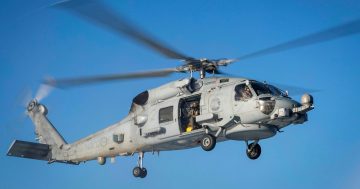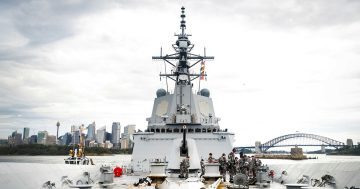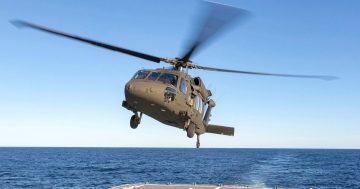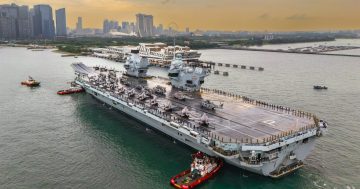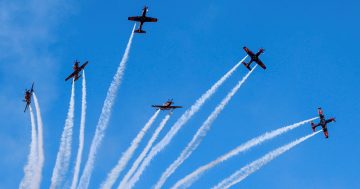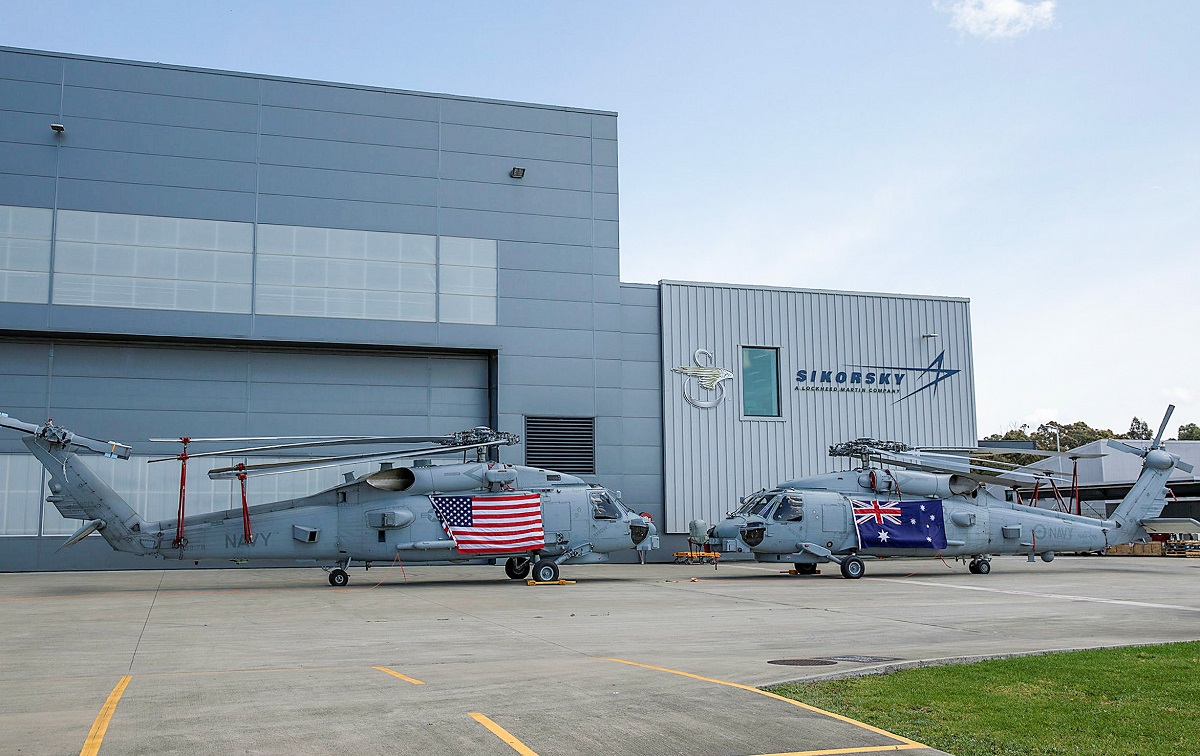
US Navy and Royal Australian Navy MH-60Rs at HMAS Albatross at Nowra. Will they soon be joined by RNZAF Seahawks? Photo: ADF.
The refresh of the Royal New Zealand Air Force’s (RNZAF) aircraft has seen further progress, with the government’s decision to invest $NZ2.7 billion ($A2.45bn) in five new maritime response helicopters and two new jet transport aircraft.
Five Sikorsky MH-60R Romeo Seahawk helicopters – the same as those operated by the Royal Australian Navy (RAN)– will be acquired to replace the ageing fleet of Kaman SH-2G Seasprites of the RNZAF’s No 5 Squadron based at RNZAF Auckland.
Meanwhile, the long-serving Boeing 757-2K2s operated by the RNZAF’s No 40 Squadron at Auckland will be replaced by two leased Airbus A321XLRs, similar to the A321XLRs entering service with Qantas and the A321NEOs in service with Air New Zealand and Jetstar.
The orders follow the recent introduction to service of the first of five new Lockheed Martin C-130J-30 Hercules transports, also operated by 40 Squadron, which replace 50-plus-year-old C-130H Hercules, and the first of four Boeing P-8A Poseidon maritime surveillance and response aircraft, also operated by 5 Squadron at Auckland, which replaced four Lockheed P-3K Orions.
Despite having a maritime mission and manned largely by Royal New Zealand Navy crews, 5 Squadron comes under the RNZAF’s administrative umbrella for command, training and maintenance.
RNZAF P-8A crew and maintenance training is already partially conducted with the Royal Australian Air Force’s (RAAF’s) P-8A training organisation at Edinburgh, near Adelaide, and it would be reasonable to assume the RNZAF will embark on a similar course with the RAN’s Romeo force and Sikorsky Australia’s sustainment capabilities at HMAS Albatross, near Nowra.
Australia operates 23 MH-60R helicopters and has 13 more on order, uses 12 P-8As and has two more on order, and has 12 C-130J-30s, which will soon be replaced by 20 new-build versions of the same aircraft.
New Zealand also operates two Anzac-class frigates similar to the six remaining vessels in RAN service, and may well look favourably at Japan’s Mitsubishi Heavy Industries Mogami-class frigate as a replacement similar to that recently selected for the RAN.
NZ Defence Minister Judith Collins said the decision would ensure New Zealand had a critical combat-capable, interoperable and dependable fleet.
“The MH-60R Seahawk is a great aircraft for what New Zealand needs and fulfils our objective of having a more integrated Anzac force, and the new planes will give us reliable aircraft to deploy personnel and respond to international events,” she said, hinting at close ties with Australia’s Romeo organisation.
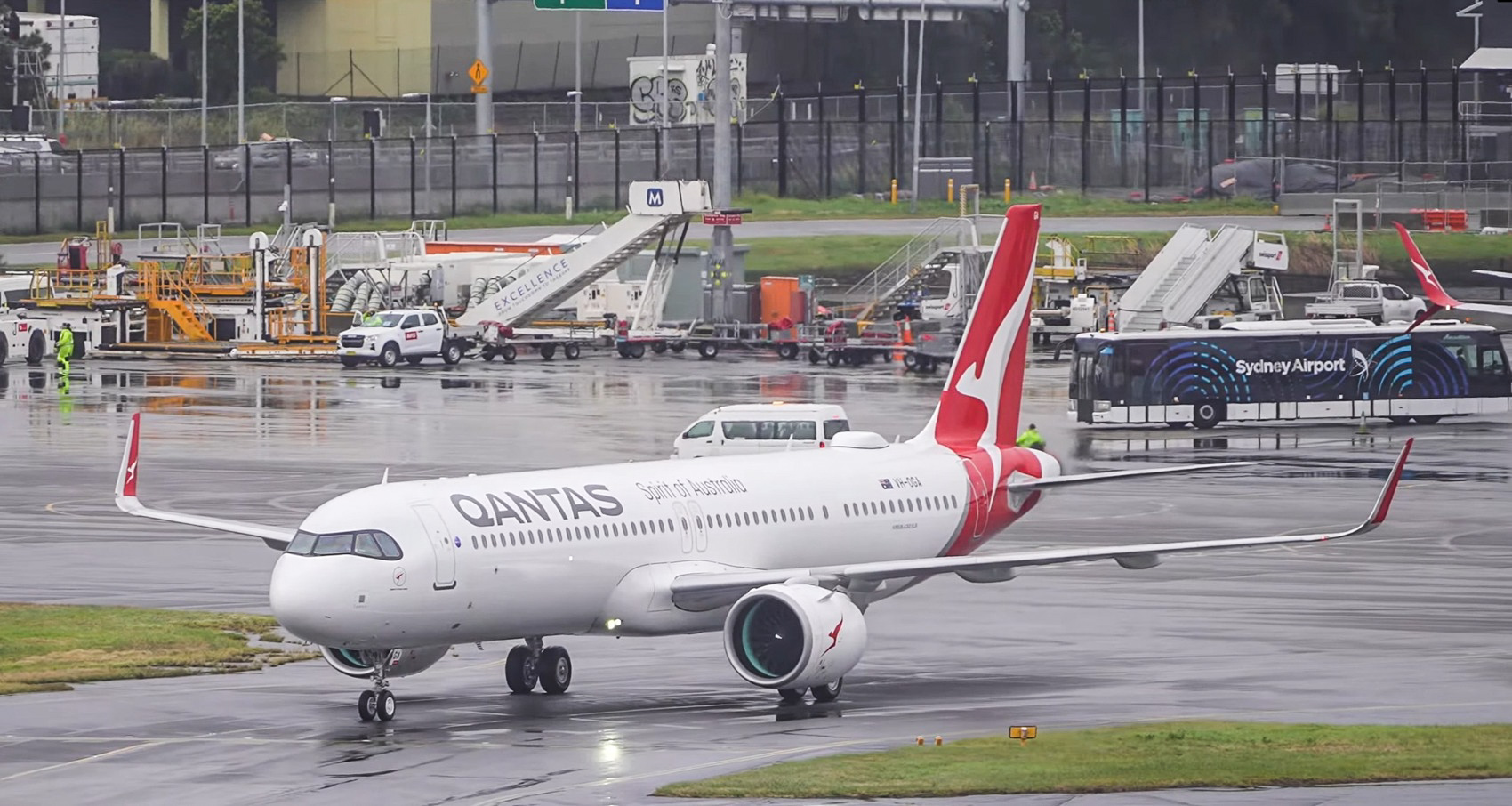
The extra range offered by the A321XLR will allow the RNZAF to conduct missions to Antarctica from Christchurch. Photo: Screenshot SydSquad YouTube.
Ms Collins said the maritime helicopters were versatile and added combat and deterrent capability to New Zealand’s naval fleet.
“These five Seahawks will increase the offensive and defensive capability and surveillance range of Royal New Zealand Navy’s frigates and ensure we are interoperable with our ally Australia and other partner defence forces,” she said.
“We will now move at pace to get the process underway to procure helicopters directly through the US’s Foreign Military Sales program instead of going to a wider tender, with Cabinet expected to consider the final business case next year.”
Ms Collins said the two Airbus A321XLR aircraft would be acquired on a six-year lease-to-buy arrangement, with capital costs of $NZ620 million and four-year operating costs of $NZ80.86 million.
“New Zealand needs reliable aircraft to deploy our personnel, deliver military equipment and humanitarian aid, support the evacuation of civilians, and transport government trade and diplomatic delegations quickly, over long distances, and often at short notice,” she said.
“The decision to acquire the extra-long-range aircraft reflects the importance of having an aircraft capable of such things as returning safely from Antarctica if it is unable to land due to conditions on the ice.
“Our defence force personnel have proven time and time again that they do an outstanding job and we must ensure they have the tools that are up to the task.”
Deputy Prime Minister and Foreign Minister Winston Peters said these decisions showed the government was responding to the deteriorating security environment.
“Global tensions are increasing rapidly, and we must invest in our national security to ensure our economic prosperity,” he said.
“The [Defence Capability Plan] provides the foundation for our uplift in defence spending, and two-yearly reviews of the plan will allow us to adapt to an ever-changing security environment.”


